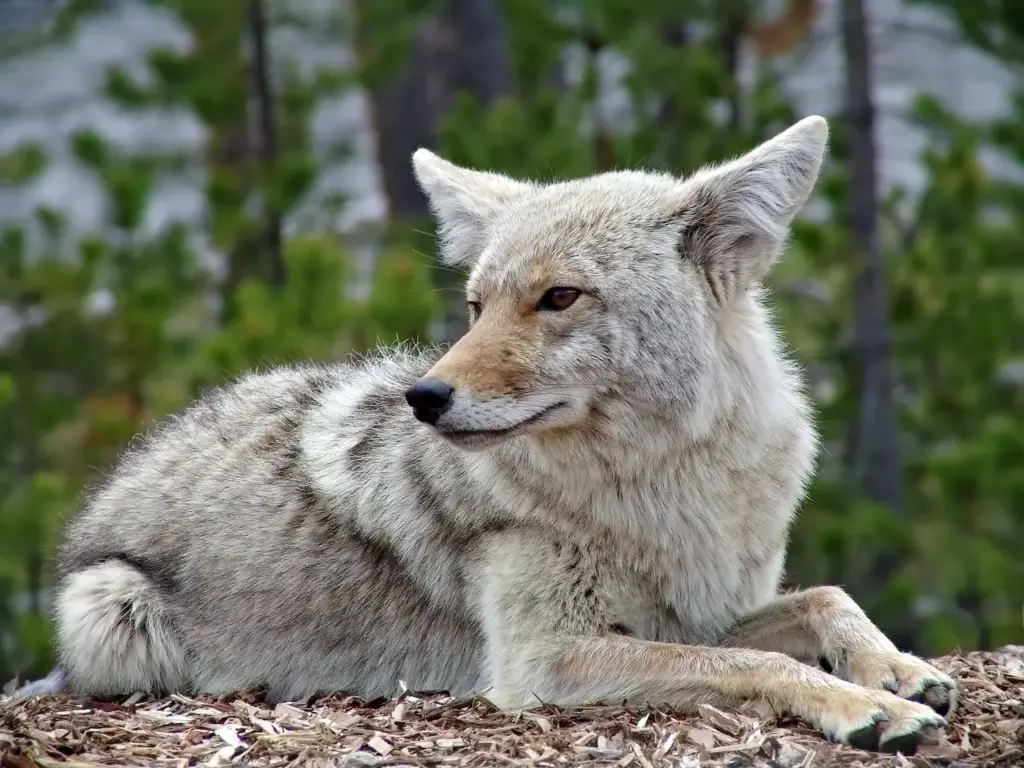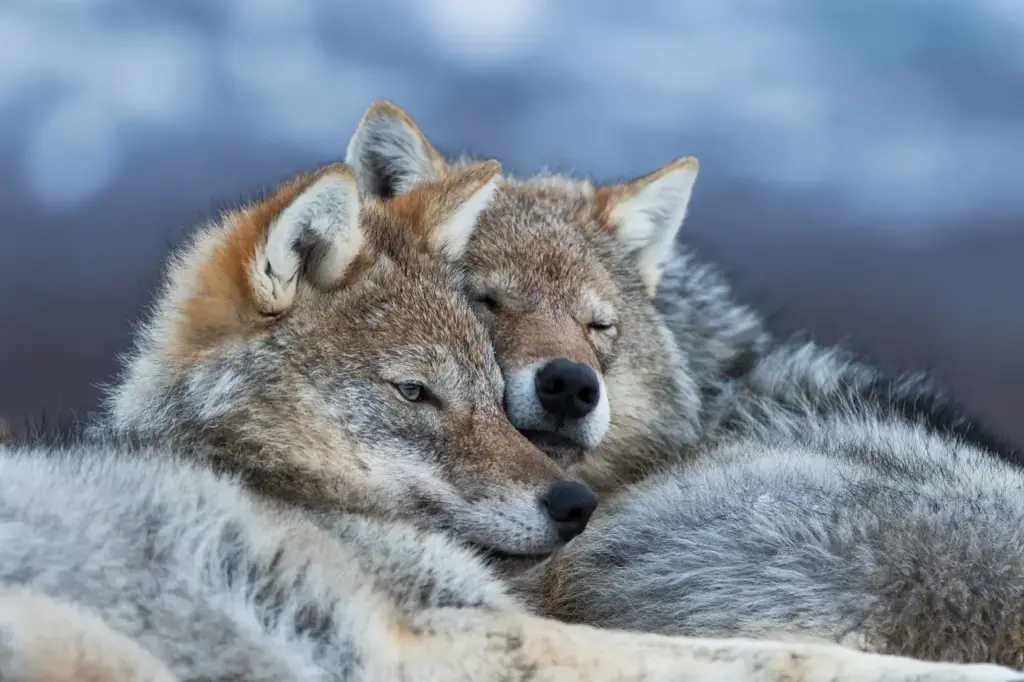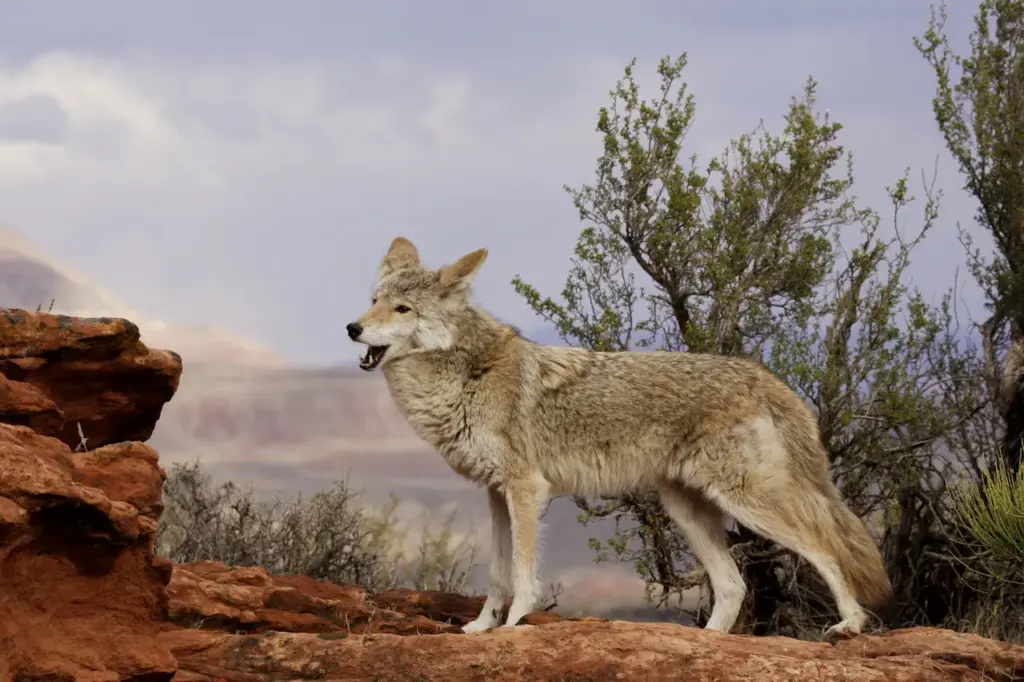What Eats A Coyote?
Categories
- Accipitridae (1)
- Acrididae (1)
- Algae (2)
- Alligatoridae (1)
- Amoebidae (1)
- Amphibians (3)
- Anatidae (1)
- Anguillidae (1)
- Arachnids (2)
- Bears (2)
- Big Cats (3)
- Birds (13)
- Bovidae (5)
- Bufonidae (1)
- Camelids (1)
- Cameras (1)
- Canines (13)
- Caridea (1)
- Carnivora (10)
- Castoridae (1)
- Cats (5)
- Cebidae (1)
- Cephalopod (1)
- Cervidae (2)
- Cetacean (1)
- Chondrichthyes (1)
- Crocodilia (2)
- Crustaceans (4)
- Culicidae (1)
- Cyaneidae (1)
- Dasypodidae (1)
- Dasyurids (1)
- Deer (1)
- Delphinidae (1)
- Desktop (1)
- Didelphidae (1)
- Dinosaurs (1)
- Dogs (13)
- Dolphins (2)
- Echinoderms (1)
- Education (10)
- Elephantidae (1)
- Equine (1)
- Erethizontidae (1)
- Erinaceidae (1)
- Farming (1)
- Felidae (5)
- Fish (5)
- Food Chain (31)
- Food Web (2)
- Formicidae (1)
- Frugivore (1)
- Gaming (1)
- Gastropods (1)
- Giraffids (1)
- Great Apes (2)
- Health Conditions (3)
- Herbivore (4)
- Hi-Fi (1)
- Hippopotamidae (1)
- Hominidae (1)
- Insects (10)
- Invertebrates (2)
- Keyboards (1)
- Laptops (1)
- Leporidae (1)
- Mammals (23)
- Marsupials (4)
- Mephitidae (1)
- Microchiroptera (1)
- Mollusks (2)
- Mongoose (1)
- Muridae (1)
- Nocturnal Animals (1)
- Odobenidae (1)
- Omnivore (2)
- Phasianidae (1)
- Phocidae (1)
- Plankton (1)
- Plants (2)
- Primate (1)
- Ranidae (1)
- Reptiles (7)
- Rhinocerotidae (1)
- Rodents (5)
- Salamandridae (1)
- Scarabaeidae (1)
- Sciuridae (2)
- Sharks (1)
- Shellfish (1)
- Sound (1)
- Spheniscidae (1)
- Suidae (1)
- Superfamily Papilionoidea (1)
- Theraphosidae (1)
- What Eats (5)
As opportunistic medium-sized predators, coyotes occupy an important middle niche within the food chain.
While a cunning and versatile wild canid adept at hunting animals larger than itself under certain conditions, coyotes also serve as a frequent food source sustaining North America’s larger carnivorous giants higher on the ecological pyramid.
A diversity of powerful predators view the ubiquitous canids as easy prey and competition worth eliminating within overlapping ranges.
Table of Contents
Toggle
What Eats A Coyote in Yellowstone
Weighing up to 60 pounds at most, even groups of coyotes stand little chance against 800-pound grizzly bears or 150-pound cougars and wolves attacking in orchestrated packs.
From the darkness of forest floors to the stillness of southern swamps, coyotes inevitably find themselves hunted. In this article, we will explore 5 notorious coyote-eating predators: cougars, wolves, bears, mountain lions, and alligators.
While cunning and aggressive hunters are able to kill prey larger than themselves under certain circumstances, coyotes exist subject to significant predation pressures from carnivores above them on the food chain, keeping their kind in check across habitats where apex predators roam.
Cougars
Perhaps the most proficient hunters of coyotes, cougars leverage superior size and strength to overpower their smaller canid cousins. Cougars weighing up to 220 pounds can take down adult coyotes with targeted bites and blows.
They ambush bedded coyotes using stealth and surprise attacks. Cougars also utilize rugged terrain like cliffs and boulders to gain an advantage in pursuit.
Both solitary individuals and m others with kittens hunting together target coyotes. Comprising similar niches as major predators of deer and other mammals, cougars likely view coyotes as competition within the shared habitat.
Eliminating coyotes in a given area means fewer disturbances during cougar hunts and safer nursery sites for raising kittens.
Cougars inhabit a diversity of habitats overlapping with coyote ranges, from Canadian forests to the desert southwest.
This broad overlap and adaptive hunting practices enable cougars to exert significant predation pressures on coyotes across ecosystems. Studies show coyotes constitute up to 20% of cougar diets in some regions.

Wolves cuddling
As apex social predators hunting in coordinated packs, wolves can easily overpower coyotes using collaborative attacks. Weighing 60 to 175 pounds, wolves outmatch coyotes in both size and numbers.
Packs cooperatively test coyote defences before initiating nonlinear chase sequences or physical clashes once vulnerable individuals separate from the group.
Besides obtaining easily caught nutritional meals, wolves likely kill coyotes to reduce competition for primary deer and elk prey sources.
Eliminating coyotes also lowers the risk of coyote-wolf hybridization events which may threaten wolf genetic integrity. Opportunistic wolf packs capitalize whenever coyotes are located in territory overlap zones.
Studies analyzing wolf diets demonstrate seasonal variability in coyotes comprising between 0 to 33% of consumed biomass. These proportions increase during summer when female coyotes are rearing vulnerable pups, and deer migrate away from wolf territories.
With wolves recolonizing broad areas of North America, their impacts as coyote predators continue expanding correspondingly.
Bears
As large omnivorous foragers, bears share overlap with coyotes, scavenging many of the same food sources.
While black bears and grizzly bears opportunistically prey on coyotes, polar bears’ reliance on seals and other marine mammals provides little range overlap with terrestrial coyotes.
Bears leverage considerable size and strength advantages over coyotes, weighing well over 200 pounds on average.
Direct confrontations usually involve coyotes approaching too closely to a bear or its food cache. With a single paw swipe or bite, bears can incapacitate coyotes to consume the remains.
Bears may kill coyotes to reduce local competition for various shared food items like carrion, rodents, vegetation, and berries.
Eliminating opportunistic coyotes also limits the risk of losing food caches to theft. While quantifying exact proportions proves difficult, studies confirm coyotes occur in both black bear and grizzly bear diets across overlapping habitats.

Coyote Yelping What Eats Cayote
Mountain Lions
Despite misleading name similarities, mountain lions constitute an entirely different species from African lions.
Ranging across western and southwestern North America under names like puma, panther, and catamount, mountain lions efficiently kill local coyotes using ambush tactics. Weighing 140 to 220 pounds, they leverage greater size and strength to overwhelm coyotes.
Comprising similar niche roles as major predators in areas like deserts and badlands, mountain lions likely view coyotes as competition.
Killing coyotes provides uncontested access to prime hunting grounds rich in deer, bighorn sheep, and other mutual prey sources. Removed competition also enables safer mountain lion kitten rearing.
With broad habitat overlap, mountain lions significantly impact coyote numbers throughout these ranges.
Analyzing records revealed coyotes occur in up to 25% of mountain lion diets. Combined with other feline predators like cougars, wild cats exert tremendous predation pressures on coyotes.
Alligators
As cold-blooded ambush experts in southern wetlands, alligators consume virtually any animal they can overpower and fit within their jaws.
Using stealthy stillness camouflaged in water, alligators wait to attack unsuspecting prey at the edges of lakes, rivers, streams, marshes, and swamps.
Weighing over 1,000 pounds at their largest, 15-foot adult alligators seem an unlikely coyote predator on the surface. Yet their opportunistic feeding behaviors spell doom for any coyote who strays too close to the water’s edge.
When coyotes venture near while drinking or pursuing aquatic prey, lightning strikes from hidden alligators drag them below water. The reptiles typically perform death rolls to drown and dismember prey before consuming tissue and discarding remains floating to the surface.
Alligators aggressively defend regional wetland territories as optimal spots to ambush diverse prey. Any coyotes trespassing along frequented alligator hunting corridors soon become meals.
Alligators likely do not actively hunt coyotes as a targeted food source. But as generalist apex predators and scavengers, they rarely pass up easy opportunistic feeds.
Coyotes cannot match the sudden explosiveness of 600 pounds of muscle launching half its length out of the water. Once seized in the crocodilian’s vice-like jaws, escape proves impossible.
Quantifying exact dietary proportions proves challenging with such opportunistic aquatic predation events.
Still, finding coyote carcasses and body parts in alligator stomach examinations confirms they constitute a routine component of the wetland food web when available.
Conclusion
Coyotes rank as clever, medium-sized predators in their own right. Yet even they cannot evade death forever as a routine food source sustaining other powerful carnivores higher on the food chain.
Cougars, wolves, bears, mountain lions, and alligators all kill and consume coyotes that cross into their domains. These predators possess the size, strength, weapons, speed, and strategic group hunting advantages to overpower coyotes.
Through direct competition and overlap for prey and other resources like habitat and dens, coyotes infringe on larger predators they cannot match. Eliminating these troublesome canids secures access to contested ecological riches.
Scavenging opportunist coyotes also cannot resist approaching risky food bonanzas like fresh predator kills, where they meet their demise.
From forests to deserts, wetlands to taiga, a diversity of habitats become killing fields for hapless coyotes at the paws and jaws of apex predators.
While cunning and aggressive hunters are able to kill prey larger than themselves under certain circumstances, coyotes also provide integral energy transfers up the food chain.
In the grand scheme of ecological checks and balances, coyotes exist subject to significant predation pressures from carnivores above them on the pyramid, keeping their clever kind in check.
